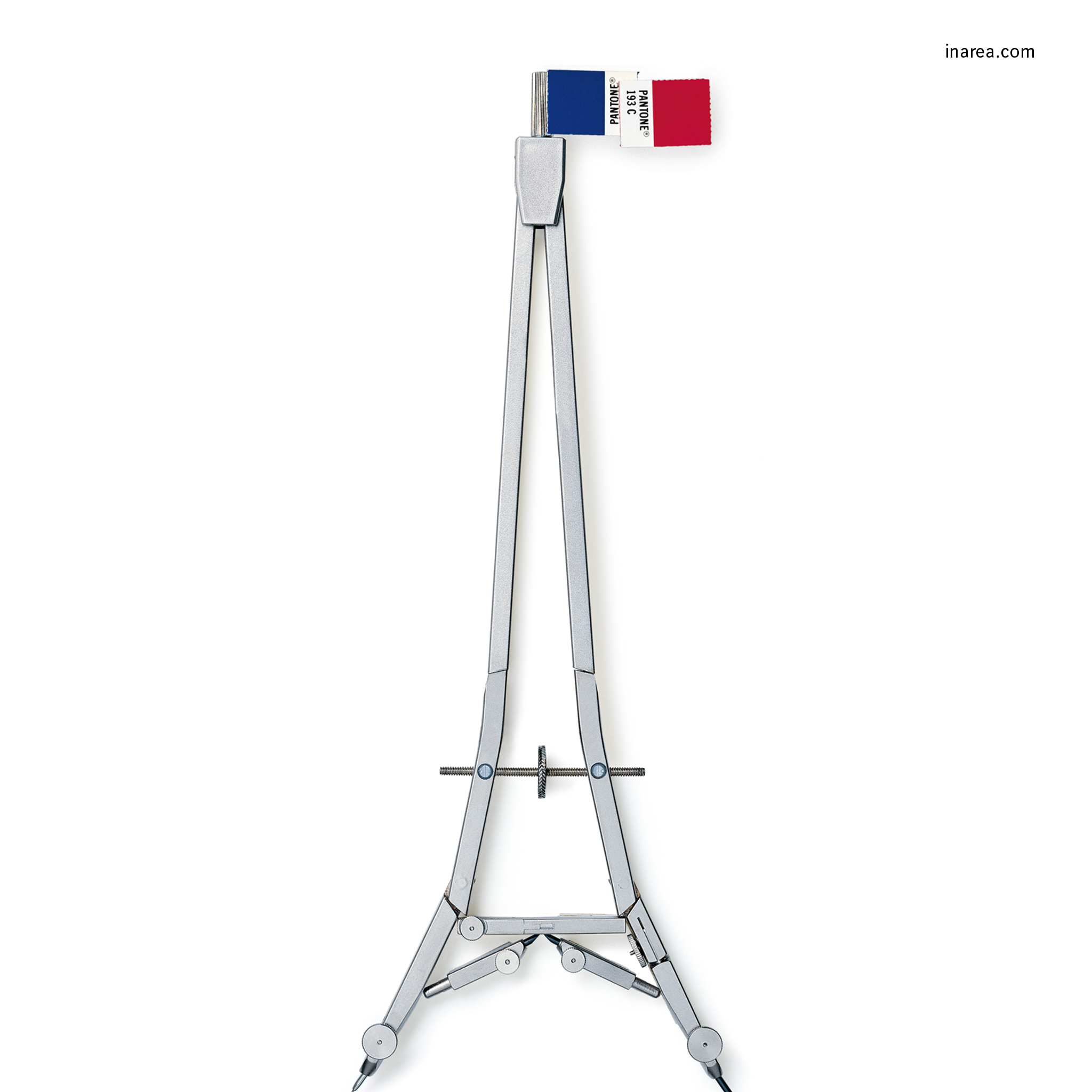Last Wednesday the Mayor of Rome, Roberto Gualtieri, flew to Paris to present our city’s bid to host Expo 2030. Since we love challenges, we’ve taken a crack at the subject, and at rousing the media’s interest, with Luca Josi and Antonio Romano’s proposal of erecting a colossus beside the Colosseum. The real name of Italy’s most recognisable monument is in fact the Flavian Amphitheatre, but it came to be known as “Colosseum” for a reason that has largely been forgotten: because of the colossal statue of Nero that stood beside it. A statue of such awesome dimensions that although it hasn’t been there for centuries, its memory lives on in the name of Rome’s iconic landmark.
If we think of other ultra-famous landmarks built for events such as this, the one that immediately springs to mind is the icon of France which was designed precisely for the Esposition Universelle of 1889 and named after Gustave Eiffel. Rather than metal, it shares the same symbolic mettle with our Amphitheatre, although its reputation as a work of modern engineering was hard won. Eugène Atget, one of the best photographers of the time, used to avoid it like the plague. In 1893 a cartoon depicted the Eiffel Tower as a “pedestal” for a statue of Victor Hugo; ah, the wretches, les misérables, he might well have exclaimed.
As-yet unfocused eyes were perhaps viewing that gateway to the world’s goods, the Expo, as nothing but a heap of iron – which, as such, accomplished exactly what it is was meant to: in other words it became a cosmic magnet attracting attention. A comparison with the Eiffel Tower seems appropriate given that while the English-speaking world knocks on wood, in Rome it’s iron that we touch for good luck. The decision regarding our capital’s bid is expected in November and we are firmly convinced that sometimes, if an idea fits the context, it can become a colossal success.

